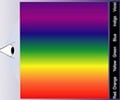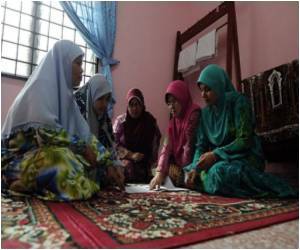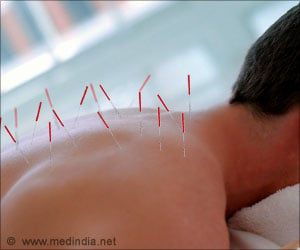Women and individuals with a higher education use complementary and alternative medicine more often than others and the details are outlined in this study.

‘Individuals turn to complementary and alternative medicine when conventional medicine is considered inadequate.’





Research data were collected from more than 20 countries, with approximately 40,000 respondents participating in a study conducted in cooperation between the Universities of Helsinki, Tampere and Turku. Four treatment types were examined: traditional Asian treatments (Chinese medicine, acupuncture, acupressure), alternative medicine (homeopathy, herbal remedies), manual therapies (massage, chiropractic, osteopathy, reflexology), and mind-body therapies (hypnosis and spiritual healing).
Treatments used by one in four
According to the findings, one in four subjects in the study population had used complementary and alternative treatments in the past year. The most commonly used forms of treatment were massage (12%), homeopathy (6%), osteopathy (5%) and herbal remedies (5%). Most subjects had experienced only one treatment form.
"We also found that alternative and complementary medicine was used primarily in a complementary manner, or together with conventional medicine. This should be kept in mind both in practical patient care and public discourse, where these treatments are often framed as an alternative to conventional medicine," says Teemu Kemppainen, a researcher at the University of Helsinki.
Advertisement
The prevalence of treatments varied greatly between the countries in the study. In Germany, nearly 40 percent of the study population had used complementary and alternative forms of treatment, whereas in Hungary the corresponding share was 10 percent. In Finland and Estonia, 35 percent of respondents had used these forms of treatment.
Advertisement
The study concentrated on the use of complementary and alternative medicine in Europe. It was published in the Scandinavian Journal of Public Health. The study is based on European Social Survey data (Round 7), collected in 2014.
Source-Eurekalert











